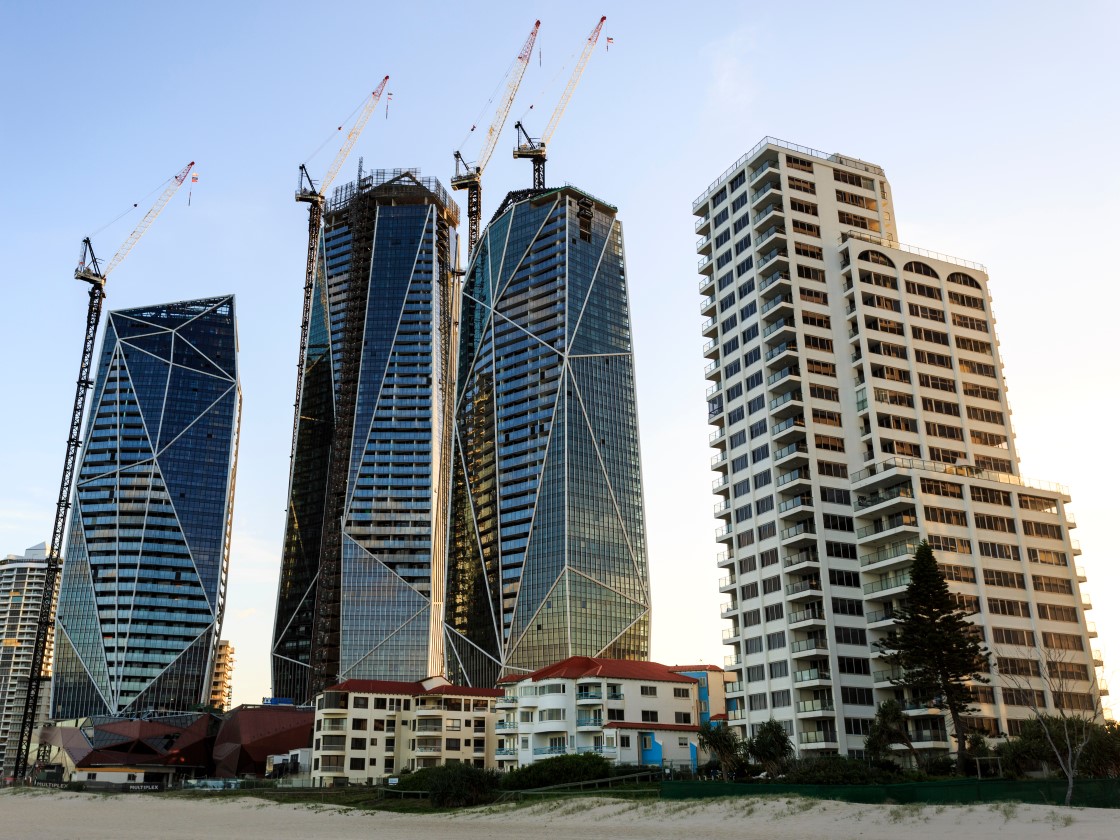
The Australian economy suffered a real GDP contraction of 2.4% in 2020, according to IMF estimates, while GlobalData estimates indicate that real construction output fell by 2.1%. However, fiscal and monetary support, effective management of the COVID-19 pandemic and rising economic confidence have all driven the beginning of a strong recovery. Australia’s 2021 budget outlines an expansionary path towards continuing this recovery, bolstered by sustained monetary policy support by the Reserve Bank of Australia (RBA). Spending on infrastructure, aged care and human capital development are set to rise markedly, while there are extensions to, and additional schemes for, supporting the residential sector.
Like many other advanced economies, a substantial increase in infrastructure spending forms a large part of the 2021 budget. Over the coming ten years an additional A$15.2bn ($11.9bn) will be spent on infrastructure projects and related initiatives, building on the government’s existing A$110bn ($85.9bn) 10-year rolling infrastructure pipeline to FY2030/31. States set to be allocated the majority of this increase in funding are New South Wales, South Australia and Victoria, which secured an additional A$9.5bn of project investment out of the total budgeted A$13.2bn. A number of priority projects have been targeted by the government for additional funding, including a further A$2.6bn for the Darlington to Anzac Highway section of the North-South corridor, A$2bn for the Great Western Highway Duplication and A$2bn for a new intermodal terminal in Melbourne as part of the Inland Rail project. In addition to project investment, the Road Safety Program (RSP) and the Local Roads and Community Infrastructure (LRCI) scheme will both be extended; the LRCI scheme will receive an additional A$0.4bn in FY2021/22 and a further A$0.6bn in FY2022/23, the RSP will be provided a further A$1bn in FY2022/23.
The economic benefits accrued from these investments will be significant, given the substantial fiscal multiplier (the proportionate change in real GDP relative to a change in aggregate spending) that infrastructure investment generates. Australia’s public infrastructure multiplier is estimated by the OECD to be between 1.1-1.3 two years after investment, given the substantial spare capacity in the economy currently, it is likely to be at the upper bound of this range. The budget will also strongly support the recovery of real construction output in the infrastructure construction sector, which contracted by 0.7% in 2020, according to GlobalData estimates. GlobalData forecasts suggest the infrastructure sector is on course to record an expansion of 3.1% this year, surpassing its pre-pandemic output levels.
The HomeBuilder scheme, which has driven a record increase in private sector house approvals so far this year, will have its 6-month construction commencement period increased to 18 months, smoothing existing demand over 2022. In addition, a further 10,000 places will be supported on both the existing New Home Guarantee (NHG) scheme and the newly introduced Family Home Guarantee (FHG); the FHG allows single parents with dependents to build a new home or purchase a new build with a 2% deposit. Further support includes a maximum withdrawal increase under the First Home Super Saver scheme to A$50,000. The measures are likely to provide some relief to the residential construction sector, which struggled in 2020. According to GlobalData estimates, real construction output in the residential sector contracted by 9.2% in 2020.
The 2021 budget will generate substantial economic benefits for Australia and propel its economy to the 5.25% growth forecast by the Treasury in 2021. Increasing government debt, once anathema to the Liberal Party, will be of less concern, given the prevailing low borrowing costs and Australia’s low existing government debt, compared to similar economies. Less aversion to government debt, and the Treasury’s conservative budget estimates of future iron ore spot prices and unemployment rates, may accommodate further expansions of expenditure, with potential windfalls reinvested into the economy.



